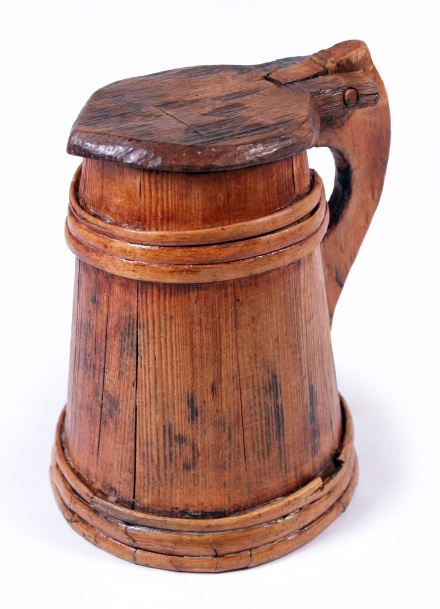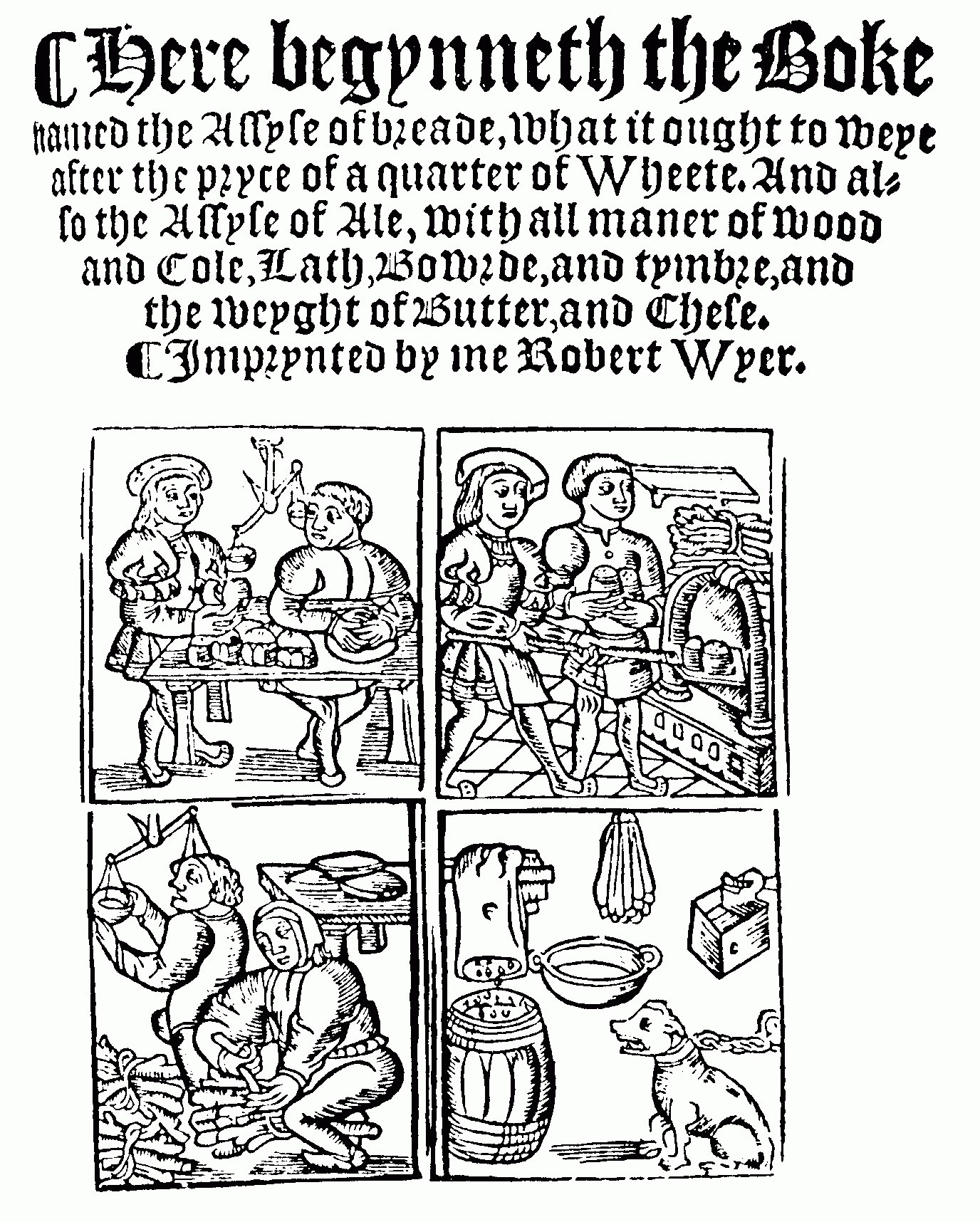Ale & Beer
Ale was the staple drink in the fifteenth century and the first half of the sixteenth, in both England and Scotland. By the end of the period, ale was giving way to beer, much to the disgust of older members of society who thought it a nasty, foreign brew.
Water was not generally safe to drink, particularly in urban areas and milk was only available around calving time. Any excess milk was far too valuable for drinking, and was saved for butter and cheese production.

Hops is an extremely strong and bitter substance which was important for flavouring, but the main benefit of its use was preservation. Unhopped ale spoilt very quickly and therefore had to be brewed every few days. Ale, although sweeter than beer, was flavoured with a substance called gruit – a bitter mixture of different herbs, including yarrow, heather and whatever else may have come to the brewer’s hand.
Ale came in different strengths, the first brew from the mash (the fermented mixture of water and barley) was strong ale, followed by the average strength brew from the second use of the mash, and then small ale from a third mash. Small ale was weak, and very bitter - appropriate for breakfast and for children, it had fairly mild alcoholic content, but some degree of alcohol was necessary to provide a safe drink.

The regular consumption of weak beer was probably the best source of vitamin B for the majority of the population – too much alcohol prevents absorption of the vitamin.
Because beer had an extended shelf life, it permitted production on a much larger scale, resulting in the decline of home brewing, and the growth of “common brewers”, generally male, providing a product to be bought in by households or delivered to inns, rather than being drunk on the premises. The purchasing of beer from the local brewer was a significant element in the downfall of Mary, Queen of Scots.
“You shall resort to every brewer’s house in this city on their tunning day, and there to taste their ale whether it be good and wholesome for man’s body, and whether they make it from time to time according to the price fixed.”
The price of ale had been fixed back in the 1266 Assize of Bread and Corn, when it was decreed that the price of ale be related to the cost of corn. It was not taxed until the seventeenth century.






